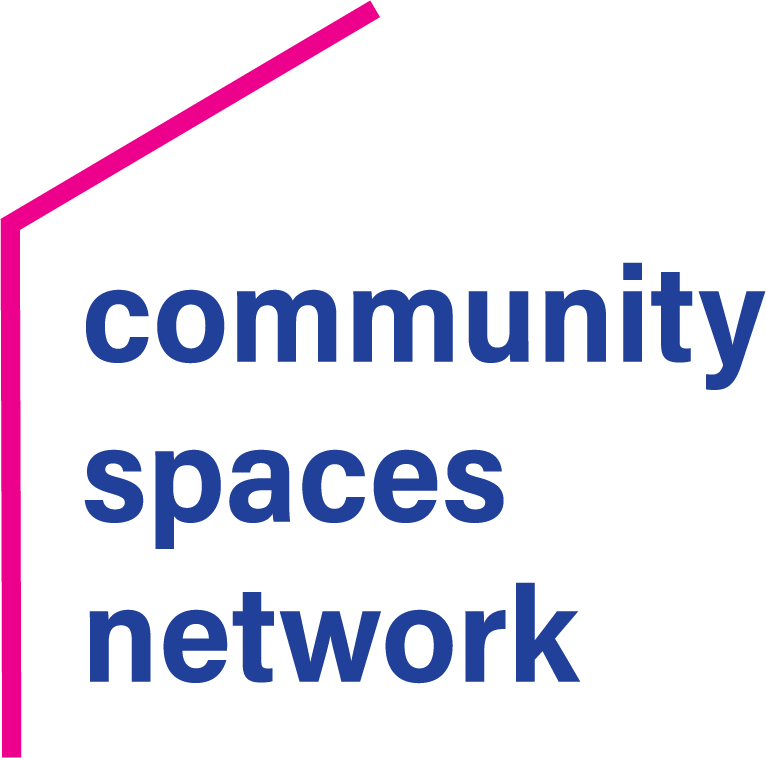Check out the helpful tips that our members shared at this quarter’s NCN member Roundtables:
1. Lean into values to find aligned partners.
Partnerships can be very advantageous both financially and operationally for community spaces. Finding partners that will be a good fit for your organization, serve your community well, and hopefully maintain a long-term commitment takes some strategy. Leaning into your established mission, vison, and values as criteria for a “partner match” can be a good place to start when deciding if a new partnership makes sense or an existing partnership should come to an end.
2. Try a “hub crawl” for your next social event.
Looking for new ideas to build community and help your tenants connect? How about a hub crawl? Schedule time for participants to visit each tenant’s space and get to know their team and their work. Include snacks, beverages, prizes, and themes to really get the party started! Other fun ideas include game nights and ice cream socials. Food is always a great motivator when it comes to social activities!
3. Warehouse space can be valuable to the nonprofit community.
When deciding how to develop space, or if an existing building will fit your needs, consider that warehouse space can be valuable to nonprofits. Similar to how many organizations are in need of office space for their administrative functions, some have need of storage space for their program or operational activities. Some considerations for warehouse space include temperature control, added security (gated entrance and fobs), and lighting. Also, it’s a great idea to leave a space blank and give the tenant the option to outfit it as they see fit – needs vary widely!
4. Centers in development can benefit from mixers too!
Social events are a great tool for centers in operation to promote community-building and networking among their tenants and the community they serve. The same applies for spaces in development! A “mixer” can be used to help recruit potential tenants, allow those potential tenants to meet each other and build connections, and help inform your priorities as the space develops. A mixer can be paired with exercises for your community needs assessment and start building the collaboration and network that can bring your project to life!
5. Fundraising with grants: be mindful of reporting requirements.
At one Roundtable, many members agreed that grants often provided the greatest return on investment when considering fundraising options. Grants, however, also include reporting requirements that vary greatly. With staff time at most nonprofit organizations being stretched quite thin, it’s important to consider the amount of staff time that will need to be dedicated to reporting and follow-up before applying for a grant. While the financial incentive might be there, weighing all your available resources including staff time and systems in place, is helpful when divvying up fundraising efforts.

